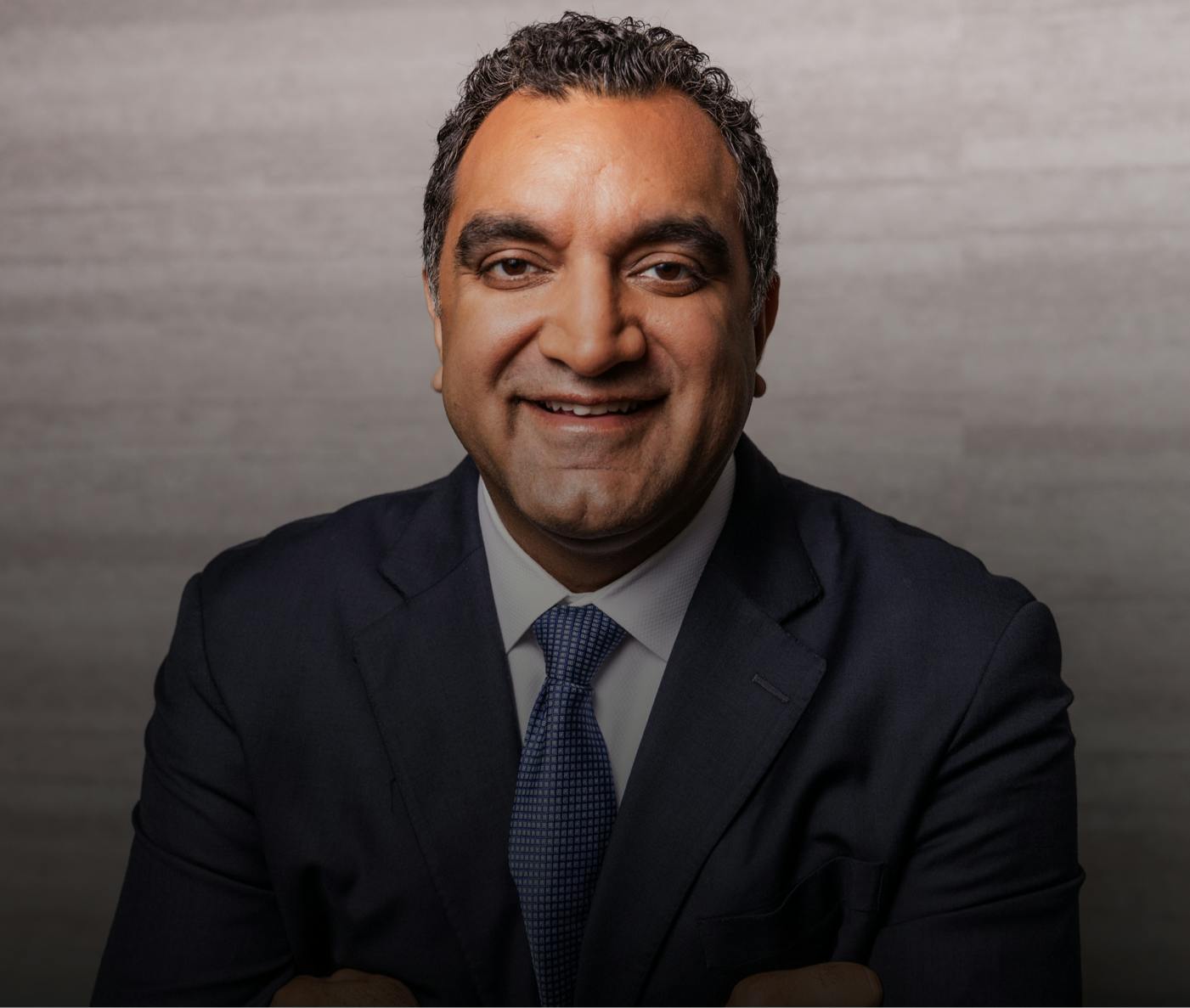Who Is More Susceptible to Getting Dry Eyes?
While most people occasionally suffer from dry eyes, persistent dry eyes are symptomatic of meibomian gland dysfunction. MGD is a medical condition in which the meibomian glands, responsible for mixing natural oils into your tears, are blocked so that your tears evaporate quickly and fail to lubricate your eyes.
Meibomian gland dysfunction is a progressive condition with symptoms that worsen over time, so quick intervention with minimally invasive treatments is necessary.
Anyone can get dry eye, but you might be more susceptible if you:
- Are fifty or older
- Are female
- Wear contact lenses
- Don’t get sufficient vitamin A or omega-3 fatty acids
- Have specific autoimmune conditions such as lupus or Sjögren syndrome


